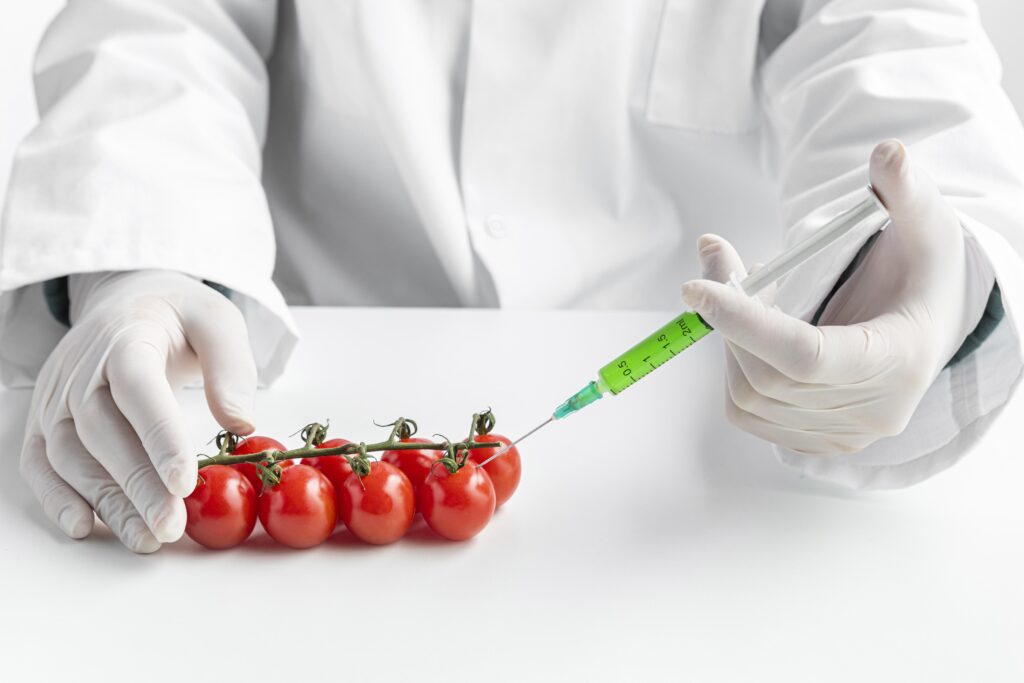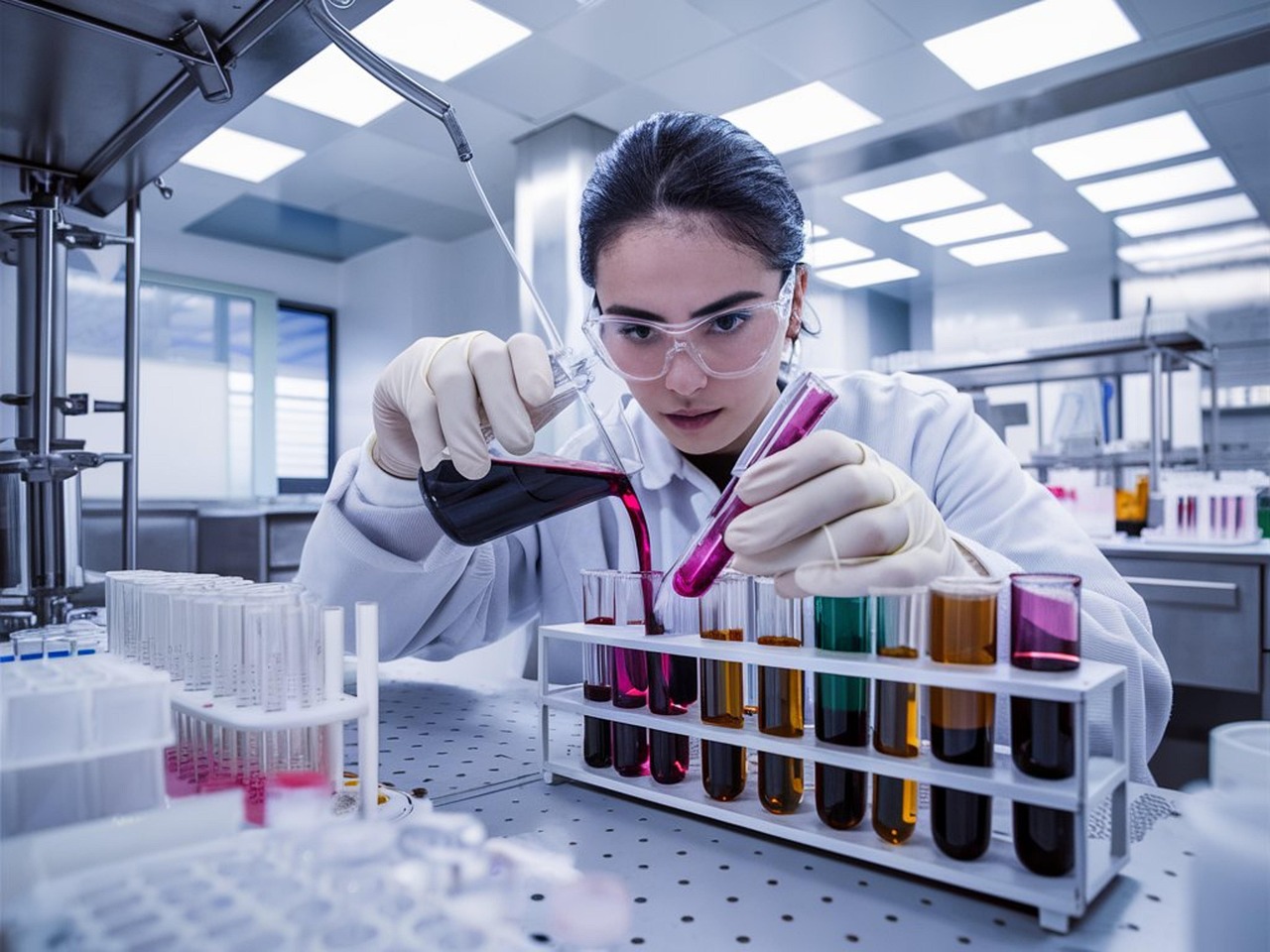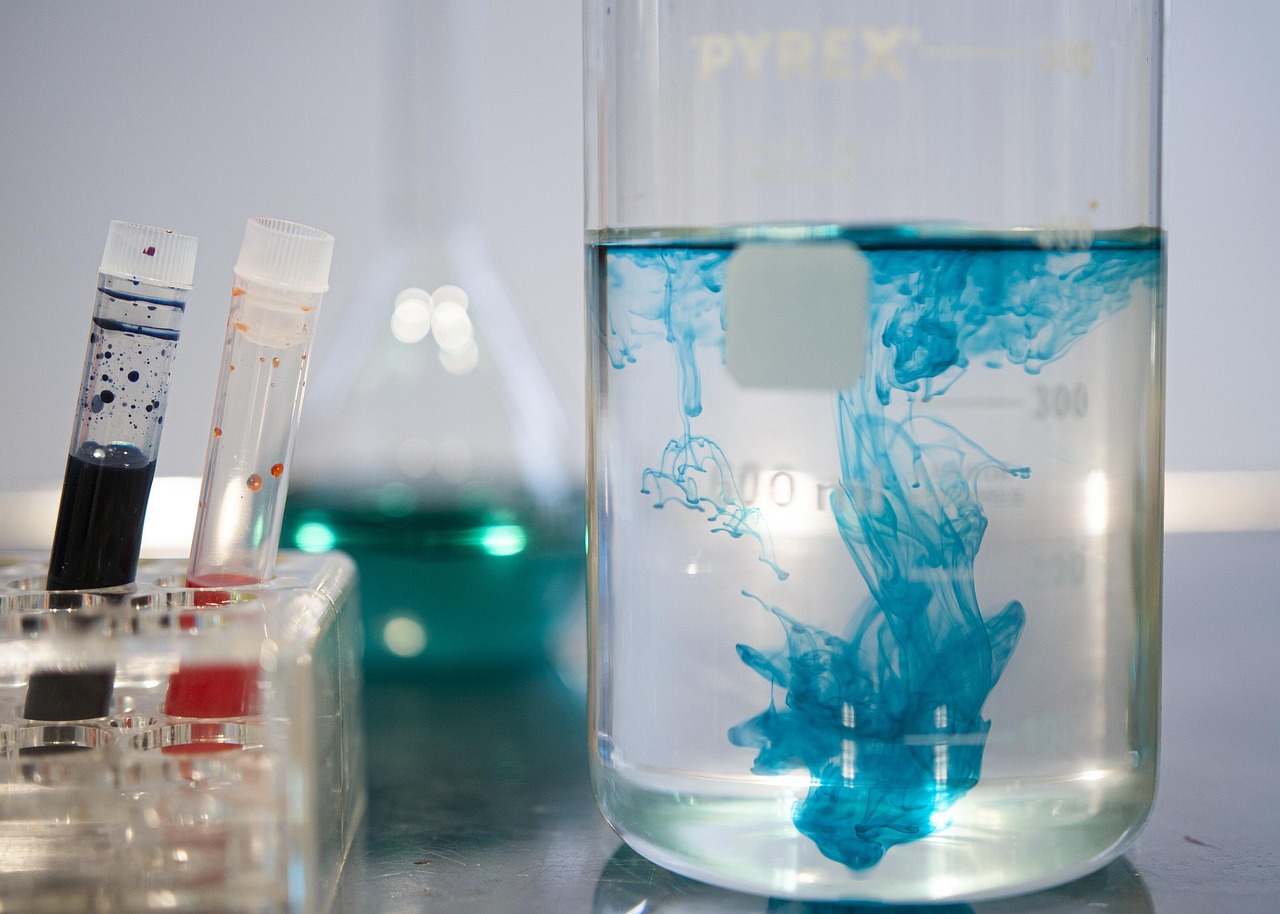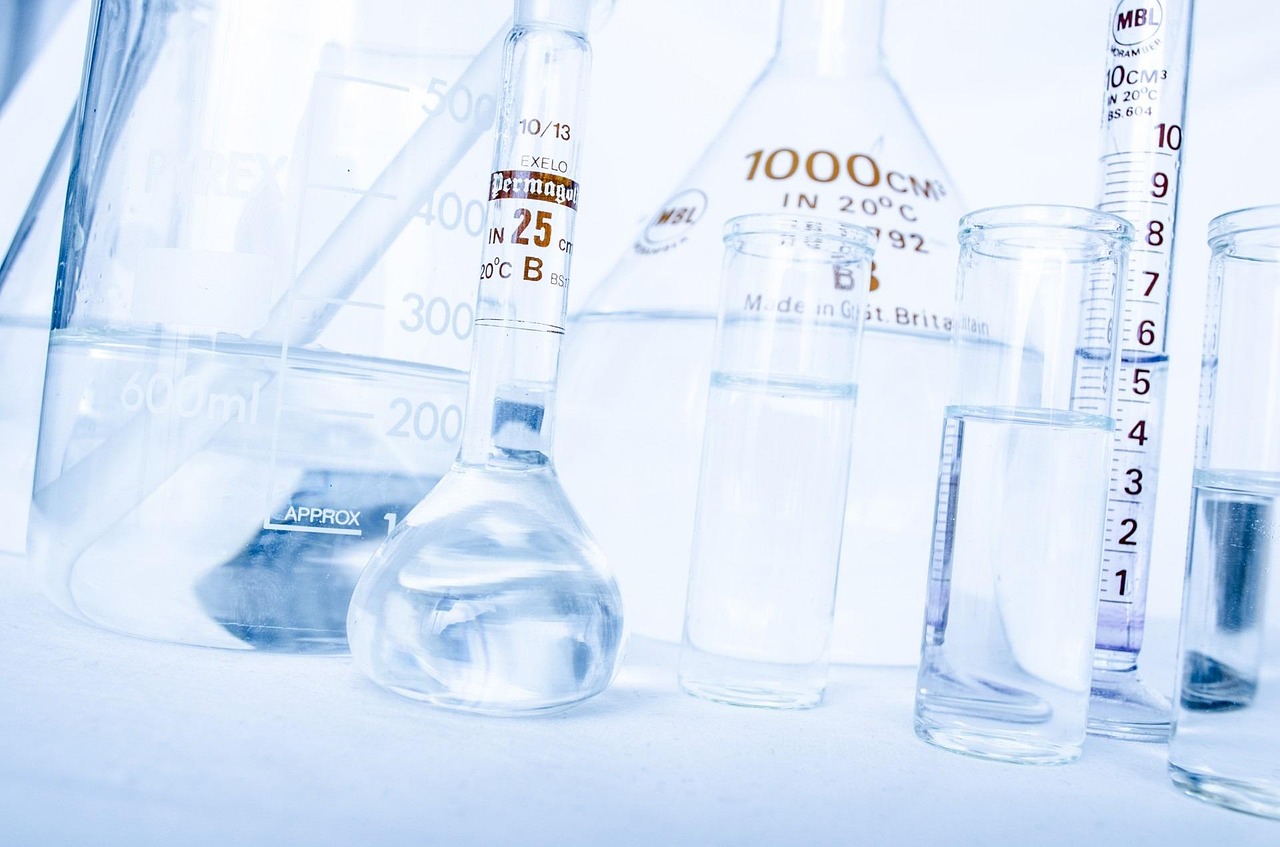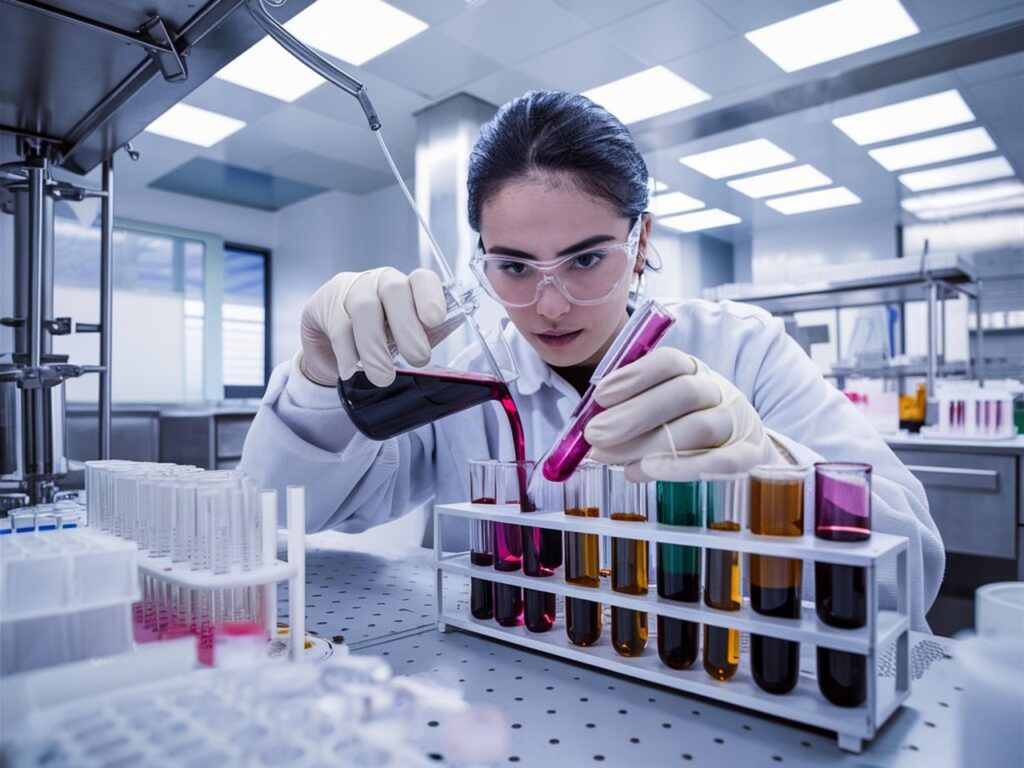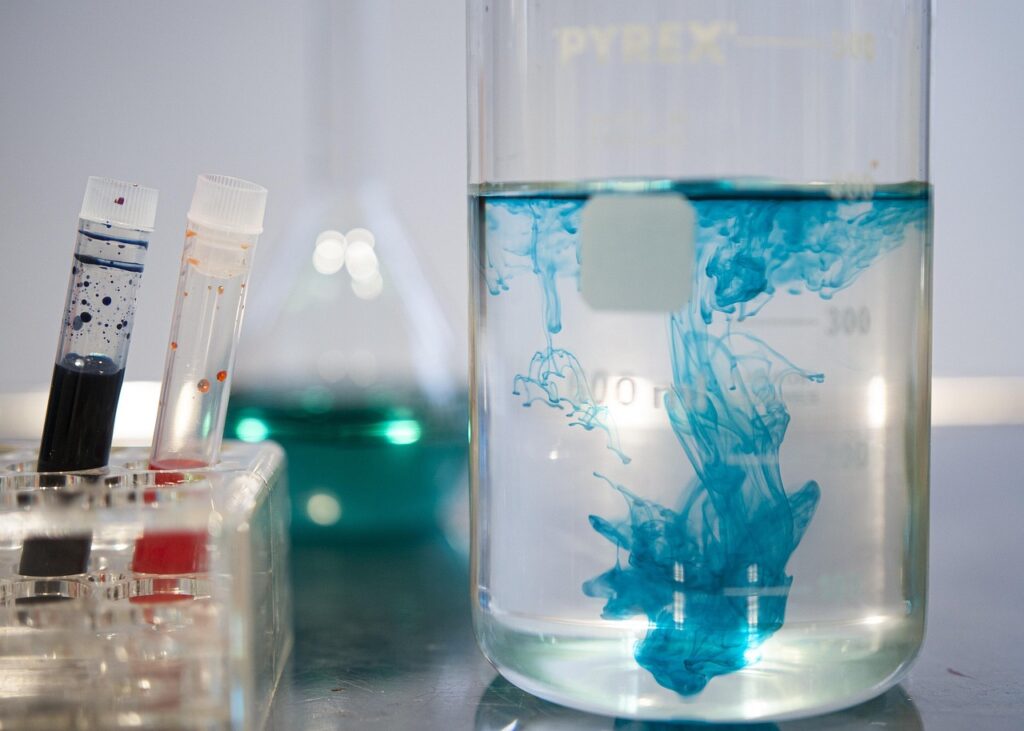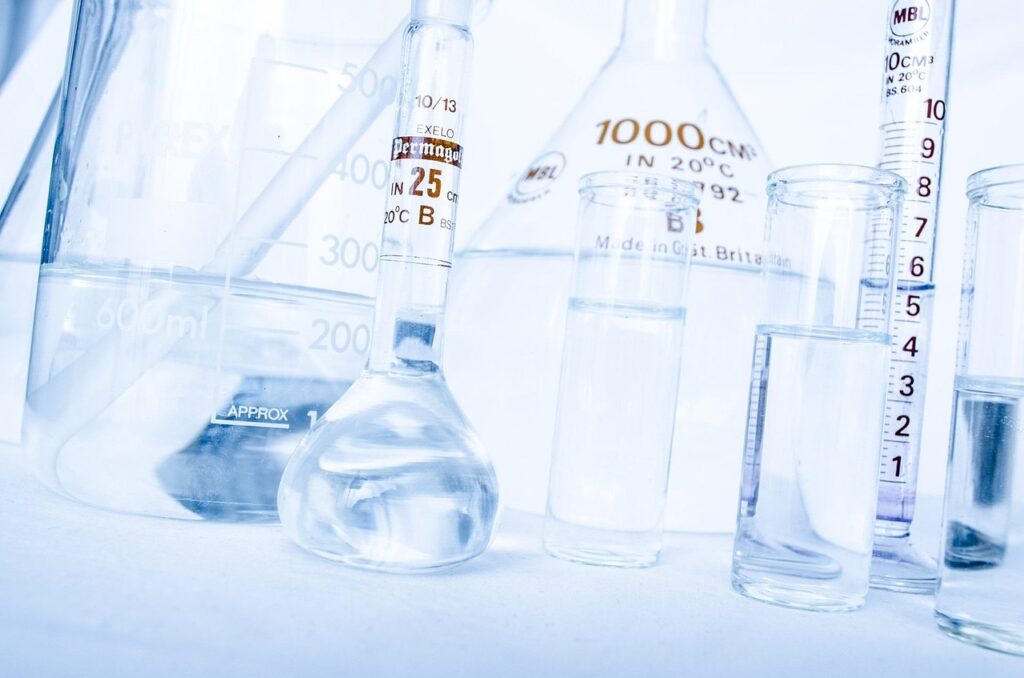Ensuring the authenticity and integrity of the items we consume has become increasingly important in the modern, international food economy. The emergence of global trade and intricate supply chains has presented numerous obstacles for consumers seeking to authenticate the source and caliber of food. Food fraud poses serious dangers to consumer confidence, public health, and the economy as a whole. It can take many different forms, from mislabeling, which occurs when items are poorly labeled or misrepresented, to outright adulteration, which occurs when inferior or hazardous ingredients are added to food products. For us as customers to make educated food choices, we depend on truthful labeling and real ingredients. But in actuality, food theft is more common than we may think—many incidents are recorded annually throughout the world.
In this blog, we’ll delve into the importance of food fraud prevention and explore strategies to safeguard authenticity in the food supply chain. We can more clearly see the need for preventative actions to address this widespread issue if we are aware of the different types of food fraud and the consequences associated with them. Many strategies can be used to reduce the dangers of food fraud and guarantee the integrity of our food supply, from technical advancements to regulatory control. We can improve the transparency, trust, and safety of the food chain and fortify our defenses against food fraud by collaborating as consumers, industry stakeholders, and regulatory organizations.
Understanding Food Fraud
We can more clearly see the need for preventative actions to address this widespread issue if we are aware of the different types of food fraud and the consequences associated with them. Many strategies can be used to reduce the dangers of food fraud and guarantee the integrity of our food supply, from technical advancements to regulatory control. We can improve the transparency, trust, and safety of the food chain and fortify our defenses against food fraud by collaborating as consumers, industry stakeholders, and regulatory organizations.
Food fraud affects a vast variety of goods that customers throughout the world consume and can happen at any point in the supply chain, from farm to fork. Every type of food, from luxury commodities like caviar and truffles to everyday staples like grains and vegetables, is vulnerable to the dangers of dishonest business methods. Products like spices, oils, seafood, dairy, and even high-end goods like wine and olive oil are frequently impacted because fraudsters are motivated to use dishonest tactics with the possibility of making large gains. The prevalence of food fraud highlights the necessity of all-encompassing preventive measures that target weak points along the supply chain, from manufacturing and processing to distribution and retail.
The Impacts of Food Fraud
Food fraud can have serious and far-reaching effects. It not only puts people’s health and safety in danger by exposing them to potentially dangerous compounds, but it also erodes people’s trust in the food sector. Consumers losing faith in food products’ authenticity can have negative effects on firms’ reputations, sales, and legal standing. Furthermore, food theft can result in serious financial losses for both consumers and respectable producers.
Food fraud has real financial repercussions for both consumers and legal producers, in addition to its negative effects on public perception. When products that are adulterated or misrepresented are found, buyers may lose money because they bought products that didn’t live up to their expectations or were dangerous for their health. Furthermore, respectable manufacturers who follow strict quality control procedures risk suffering large financial losses if their goods are copied or replaced with subpar copies. Food fraud has a financial impact on large supply networks and economies in addition to individual transactions.
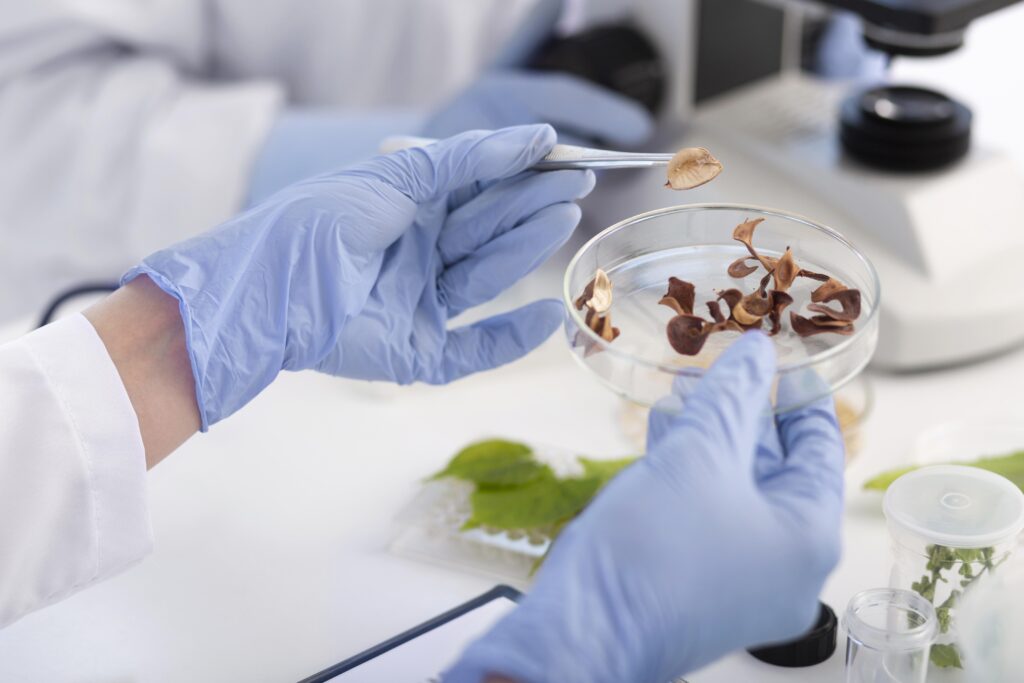
Key Strategies for Food Fraud Prevention
Owing to the intricate structure of the food supply chain and the numerous ways that fraud might happen, a multifaceted strategy is needed for successful protection. The following are some essential tactics for preventing food fraud and preserving authenticity:
Supply Chain: Transparency:
Improving transparency at every stage of the supply chain is essential for spotting weak points and tracking down the source of goods. Using blockchain technology can help create unchangeable transaction records and enable real-time tracking of food goods from farm to table.
Risk Assessment and Management:
Food firms can identify possible fraud risks and prioritize efforts to mitigate them by conducting thorough risk assessments. Businesses can proactively establish measures to reduce the likelihood of fraud occurring by evaluating criteria including supplier reliability, geographic origin, and past fraud incidences.
Analytical Testing and Authentication:
Adulterants and pollutants in food products can be found by using sophisticated analytical techniques like spectroscopy and DNA testing. These techniques can be used to confirm the legitimacy of components and spot any variations from the desired composition or level of quality.
Cooperation and Information Sharing:
Creating alliances and encouraging cooperation among interested parties, such as governmental organizations, trade associations, educational institutions, and consumer advocacy groups, strengthens overall initiatives to stop food fraud. Early threat detection and response are made easier by exchanging intelligence, best practices, and new trends.
Consumer Education and Awareness:
Giving customers the information they need to recognize fake or counterfeit goods and reduce their risk of food fraud allows them to make well-informed purchases. A key factor in increasing public knowledge of the significance of authenticity and integrity in the food supply chain is the implementation of educational programs, labeling efforts, and public awareness campaigns.
Conclusion:
Food fraud prevention is a shared responsibility that requires collaboration, innovation, and continuous vigilance across the entire food supply chain. We can preserve the integrity of our food testing and the health and welfare of customers everywhere by putting strong preventative measures into place, improving transparency, and encouraging trust and accountability. Let’s work together to make sure that every mouthful we take is evidence of the integrity and caliber of the food we eat.
In conclusion, prioritizing food fraud prevention is imperative for safeguarding the integrity of the food supply chain and protecting consumer health and trust We can preserve the integrity of our food and the health and welfare of customers everywhere by putting strong preventative measures into place, improving transparency, and encouraging trust and accountability. Let’s work together to make sure that every mouthful we take is evidence of the integrity and caliber of the food we eat.

